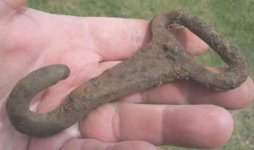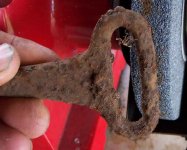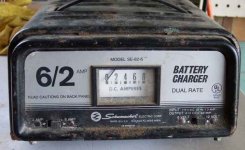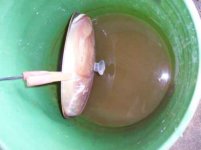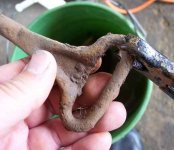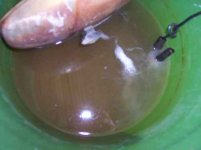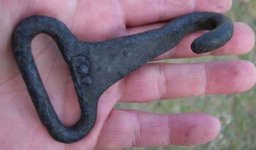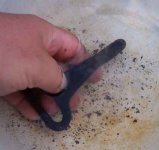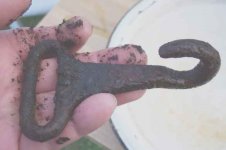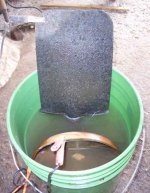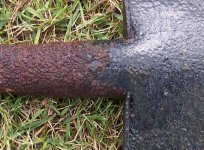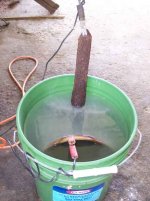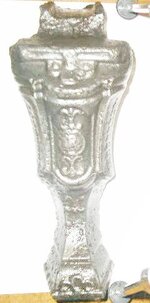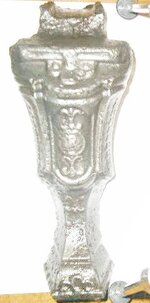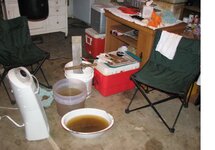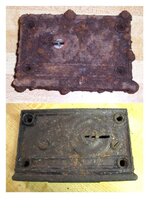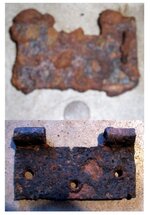Michigan Badger
Gold Member
Greetings!
I've decided to bring this thread back for the benefit of those who want to clean larger objects with electrolysis.
The basic electrolysis setup is super simple. Basically you're using a D.C. Car Battery Charger as the power source. You mix plenty of baking soda into a pail of water, connect the negative lead to the item to be cleaned and the positive lead to the anode (piece of stainless steel).
The 12 volts travels through the dirty item---through the baking soda bath--to the anode and thus cleans the item.
Wear rubber cloves as stainless steel breaks down in the bath and the bath can be a health hazard if in constant contact with the skin.
Happy zapping!
Badger
I've decided to bring this thread back for the benefit of those who want to clean larger objects with electrolysis.
The basic electrolysis setup is super simple. Basically you're using a D.C. Car Battery Charger as the power source. You mix plenty of baking soda into a pail of water, connect the negative lead to the item to be cleaned and the positive lead to the anode (piece of stainless steel).
The 12 volts travels through the dirty item---through the baking soda bath--to the anode and thus cleans the item.
Wear rubber cloves as stainless steel breaks down in the bath and the bath can be a health hazard if in constant contact with the skin.
Happy zapping!
Badger


